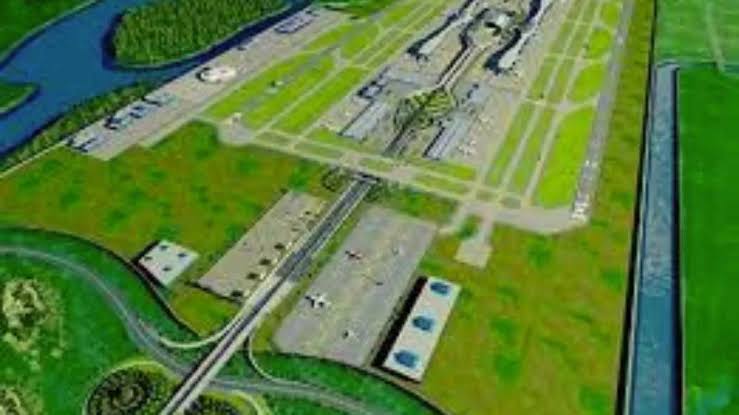Advancements in CAT-III Technology Boost Operational Resilience at upcoming Navi Mumbai’s Airport

Advancements in CAT-III Technology Boost Operational Resilience at upcoming Navi Mumbai's Airport
As unpredictable weather continues to disrupt travel across India, greenfield airports are proactively implementing measures to combat adverse weather conditions, with a particular focus on fog disruptions. The upcoming Navi Mumbai international airport, a prominent greenfield project, stands out in its commitment to ensuring operational resilience even in challenging weather scenarios.
Scheduled for inauguration, the Navi Mumbai airport incorporates advanced technologies, specifically Category II (CAT-II) and Category III (CAT-III) runways. These designations refer to instrument landing system approaches that significantly enhance an airport’s capability to handle low visibility conditions caused by fog, rain, or snow.
The Master Plan of the Navi Mumbai airport designates the South runway as CAT-II and the North runway as CAT-III. CAT-III approaches facilitate aircraft landings in conditions of very low visibility, offering a runway visual range of 50-200 meters. In comparison, CAT-II provides a precision instrument approach with a runway visual range not less than 350 meters.
Although the Mumbai metropolitan region typically doesn’t experience fog like other parts of the country, it encounters challenges related to dense rainfall and changing climatic conditions. The adoption of CAT-II and CAT-III runways at Navi Mumbai airport is strategically significant, enhancing runway operations and safety during adverse weather conditions.
Currently, India has only six airports equipped with the capability to allow landings in conditions of extremely low visibility, classified as CAT-III B conditions. The expansion of such technology is part of a broader initiative to minimize disruptions caused by adverse weather, ensuring smoother landing and take-off procedures, particularly in the northern and western regions of the country.
Union Civil Aviation Minister Jyotiraditya Scindia emphasized the evolving nature of this phenomenon, citing the transition from having only one CAT-III approved airport in 2014 (Delhi) to six airports, including Lucknow, Kolkata, Amritsar, Jaipur, Bengaluru, and Delhi, as of the latest data. The push to enable CAT-II and CAT-III capabilities at various airports reflects a commitment to enhancing operational efficiency and passenger experience.
The Navi Mumbai airport project, slated for completion by the end of December, is expected to be operational for commercial flights by March 2025. The Adani Group, which acquired a significant stake in Mumbai’s international airport, including the Navi Mumbai airport project, aims to create a hub of excellence in aviation infrastructure, ensuring advanced technology adoption for a seamless travel experience.
As the aviation landscape evolves, the incorporation of CAT-II and CAT-III runways emerges as a pivotal step in fortifying India’s airports against weather-related disruptions, ensuring safe and efficient air travel.









